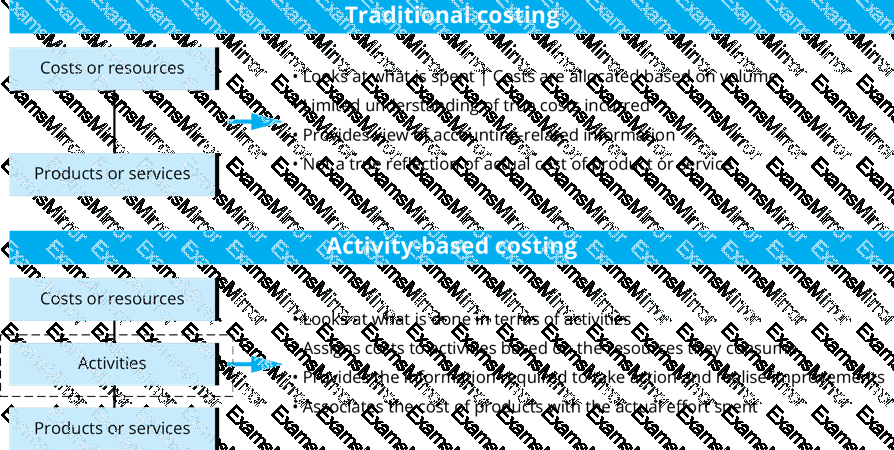Big Halloween Sale Limited Time 70% Discount Offer - Ends in 0d 00h 00m 00s - Coupon code = simple70
Pass the CIPS Level 4 Diploma in Procurement and Supply L4M5 Questions and answers with ExamsMirror
Exam L4M5 Premium Access
View all detail and faqs for the L4M5 exam
431 Students Passed
94% Average Score
90% Same Questions
A procurement team has discussed, in advance of a negotiation, what they will do if there is no agreement with the current supplier. They have decided that they will perform the services themselves in-house on a trial basis if no deal is made. Which of the following describes what they have prepared here?
Which characteristics are likely to feature in a partnership relationship in purchasing?
Close collaboration between supplier and buyer
Focus is on price and delivery only
Sharing of information
One-off commercial transactions
What letter R in the acronym SMART stands for?
Which of the following is a disadvantage of absorption costing method?
If the price of a good is above the equilibrium price, which of the following will happen?
Katie is preparing a negotiation with a strategic supplier. Through deep market analysis, she realises that her company and the supplier have equal bargaining power. Via regular communication, Katie knows that both parties are arguing on amount of liquidated damages and neither party shall concede all of their requirements but some are negotiable. Katie and her counterpart from supplying company still desire a long-term relationship and hope that the meeting between them will be a solution for current situation. Which of the following is the most appropriate approach that Katie should adopt to achieve the above outcome?
A supplier can produce a product for $160. The supplier sells the product to their client for $240, making a profit before tax of $80 on the transaction. What is the mark-up profit percentage earned by the supplier on this transaction?
Which of the following are indicative behaviours of a distributive approach to negotiating?
A procurement manager is considering negotiating variable pricing for a contract duration of 12 months. Would this be the right thing to do?
Which of the following are microeconomic factors? Select THREE that apply.
TOP CODES
Top selling exam codes in the certification world, popular, in demand and updated to help you pass on the first try.

 Graphical user interface, text, chat or text message, website Description automatically generated
Graphical user interface, text, chat or text message, website Description automatically generated Chart, line chart Description automatically generated
Chart, line chart Description automatically generated